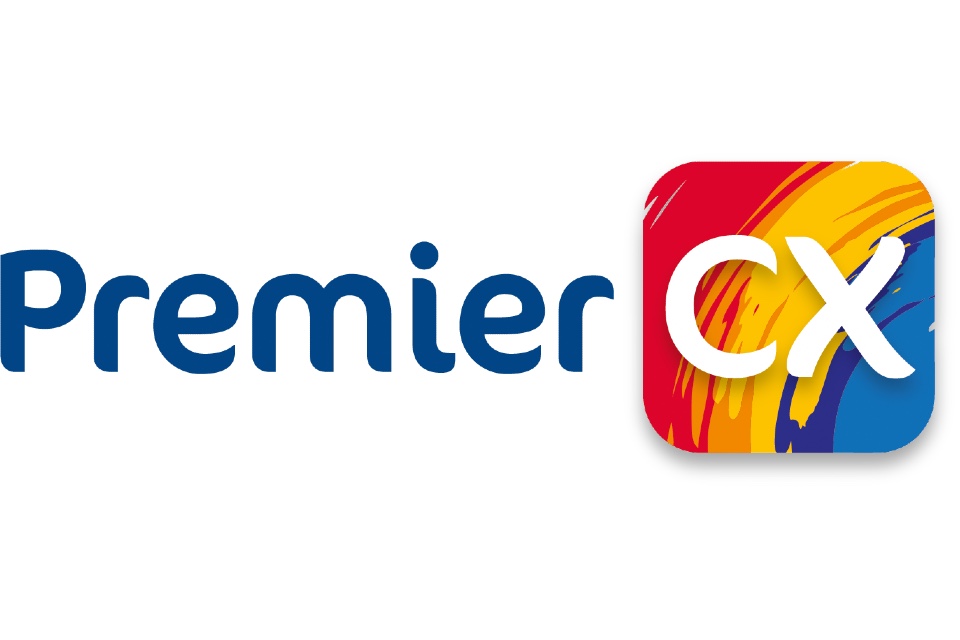By Kirsty Ferguson, Enterprise Engagement Lead, Premier CX
N.B. This article was originally published in The Good CX Guide, an e-book on the topic of caller experience best practice. To download the guide, packed with practical advice for contact centre professionals, please click here.
In most articles I have read about managing call queues, one piece of advice that always pops up is to be “dynamic”. However, what does that really mean? And how can you possibly even think about being agile and dynamic when you have a giant board of lights above your head with queue times rising above SLA and several callers waiting that you know aren’t going to get through before the lines cut off at the end of the day?
In reality, the answer is simple. USE THE QUEUE. Literally, use all you have available to you to manage your peaks and keep those boards at bay. In this brief article, I’m going to suggest how you can get started.
Step One – What You Can Use
Think about your arsenal. Do you have live chat? Do you have comfort messaging? Maybe you can publish your wait times. Whatever it is, use it in context. Being dynamic is about knowing what to use and when to use it. Furthermore, if you have enough agility to turn things on and off as you need to in real-time, then even better.
For example, if you have long queues and your live chat is switched off, switch it on and put a message in the queue telling the caller it’s now available. If you can stream, then chances are you can set parameters to automatically drop this message in when queue lengths hit a specific timeframe. Do you have the ability to stream in queue experiences? Can you publish your wait times? You may think you can’t utilise some of this stuff without IT’s help, but clever messaging can open a whole world of deflection that can help you manage your queues.
Step Two – Why Are the Queues There?
What has caused your queue? Is it external communication that’s resulted in a sudden influx of calls? Is it a forecasted spike or is it just an unknown? What is the most likely thing the caller is going to be talking to your agents about? Once you know the cause, you can account for how long the peak is likely to last and switch on helpful messaging in the queue when needed.
For example, suppose you have a power outage that affects a particular postcode. A simple CLI lookup will enable you to only advise callers from the appropriate geographical area of the outage and how long electricity is likely to be down. If you are receiving spikes for several reasons when queueing hits a certain threshold, why not introduce a more empathetic level of music/voice and tone into your queue. You could also add a message to advise that live chat is available or that non-urgent queries can be dealt with online.
Step Three – Get Your Caller Agent Ready
Is the caller ready? Think about what you need the caller to know, or have at their fingertips, when they get connected to help the agent assist them more efficiently. Things like delivery details, order numbers, account numbers, and so on. And if they don’t have this info, and you can’t talk to them without it, let them know (nicely, of course) before they get to an agent. Then when they call back, recognise the fact they are a repeat caller. You can use dynamic IVR to show you know they are a repeat caller and give them a message along the lines of:
“Thanks for calling back. We’ll put you straight through to someone who can help with deliveries, but if you want to talk to us about something else, press ‘1’ to go to the main menu”.
This will help prioritise your callers that are in the queue.
These are just a few ways that the queue and IVR can help you manage demand, keep you agile, and enable you to be dynamic when under the pressure of mounting call queues. Of course, some queues are just inevitable, but there is always something else that can be done by using what you have. You just have to look hard enough.
N.B. This article was originally published in The Good CX Guide, an e-book on the topic of caller experience best practice. To download the guide, packed with practical advice for contact centre professionals, please click here.






